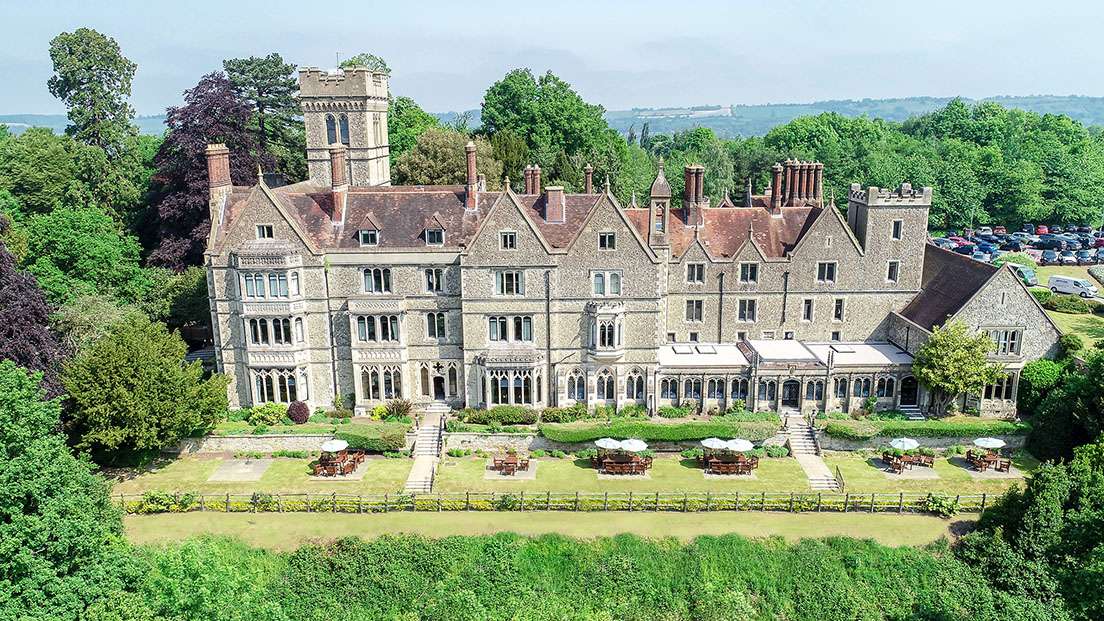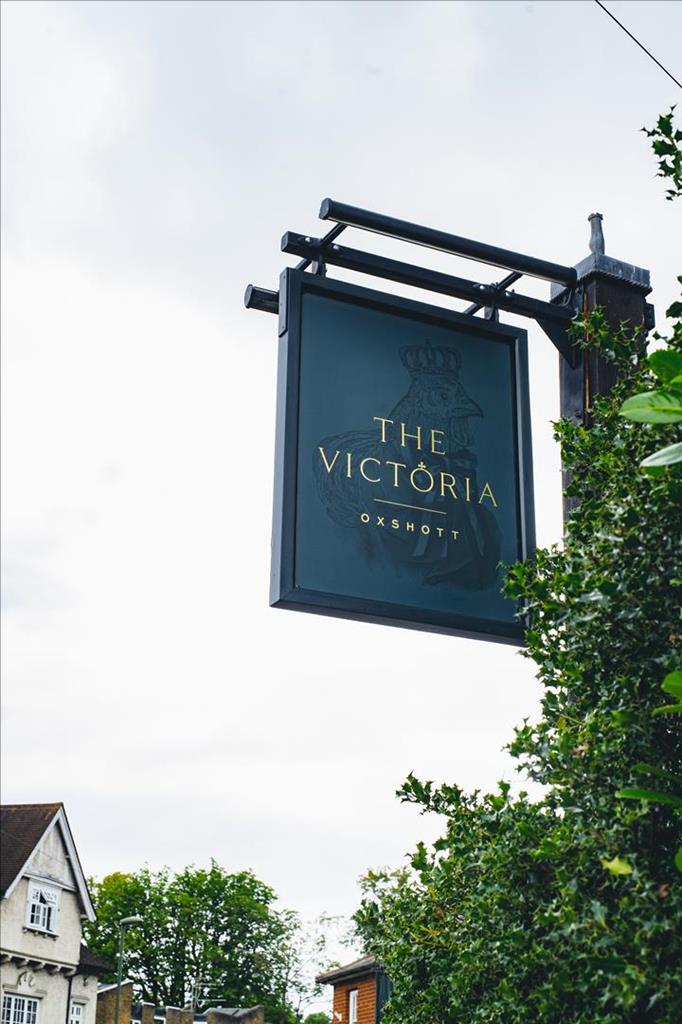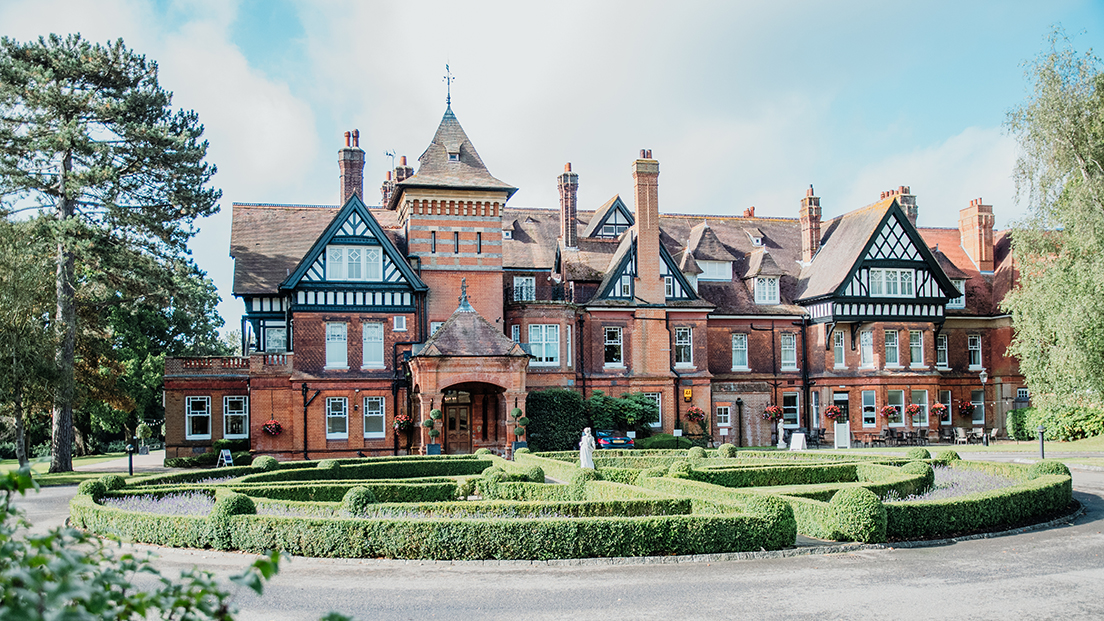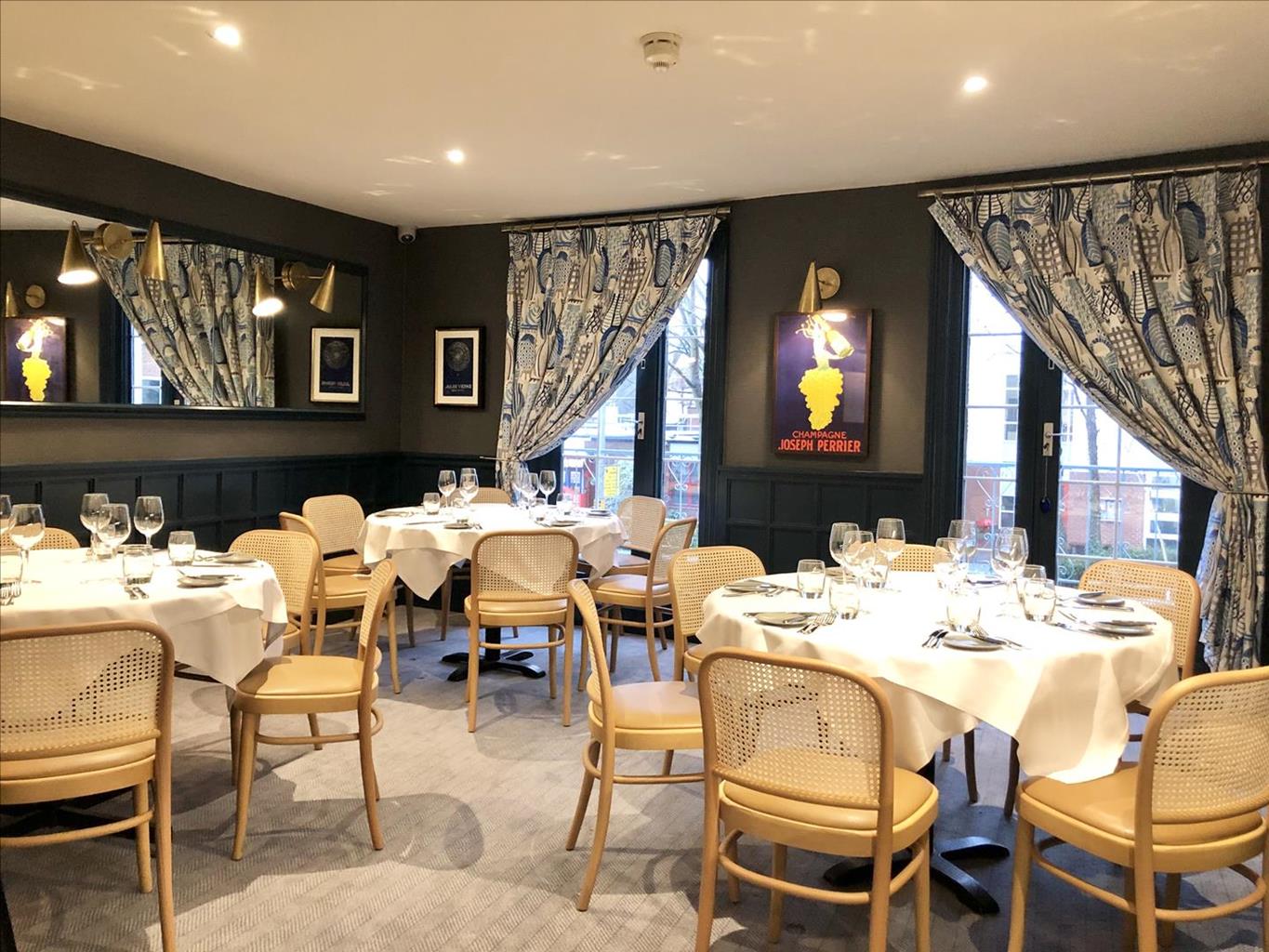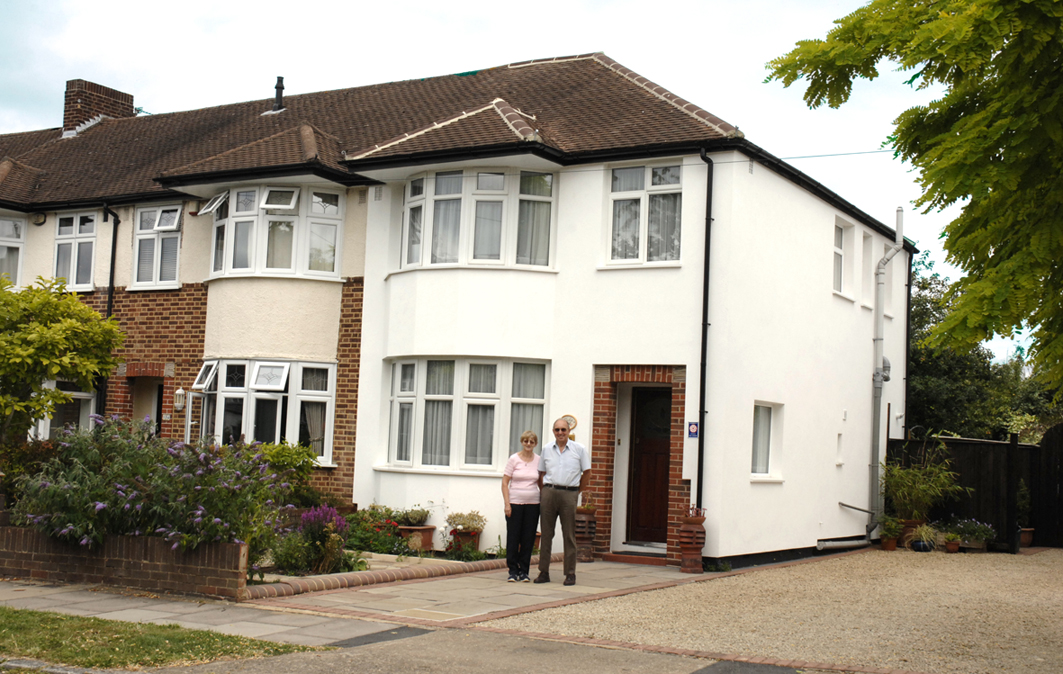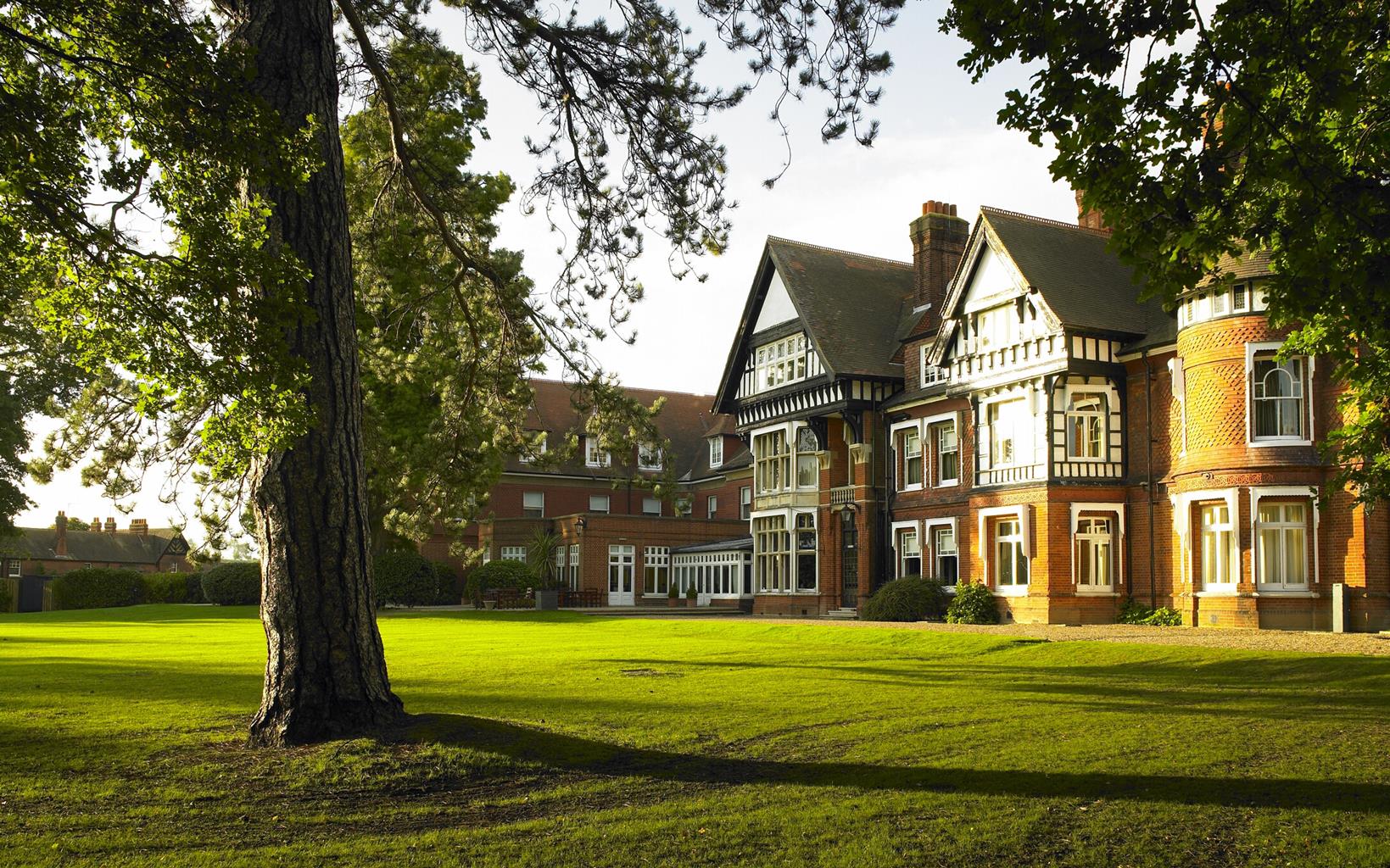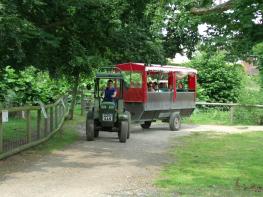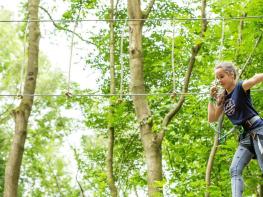On the slopes of Reigate Hill, Reigate Manor is ideally located for access to the town and for…
Banstead and the Chipstead Valley

3.4 miles (5.5kms)
About the walk
The fight for London’s countryside is nothing new, and the battle for Banstead Commons had the ingredients of a good Victorian melodrama – an evil Baronet, who was defeated in the nick of time by the fickle hand of fate.
Meet Sir John Hartopp MP, a Yorkshire baronet. In 1873, Sir John bought the Lordship of the Manor of Banstead, together with a huge area of land that included the Banstead Commons. You’ll be walking through Park Downs, a part of his holding, to the north of Holly Lane. Most of the Commons were subject to grazing and other rights. This could have thwarted Sir John’s plans for a housing development on Banstead Downs, and the sale of minerals from Banstead Heath. In practice, the rights were all but extinct, but Sir John began to consolidate his position by buying them up for himself. Determined to see some return on his investment, Hartopp raised his game. In 1876, he built a row of houses on Banstead Downs, and enclosed a part of Banstead Heath. The locals were furious, and formed the Banstead Commons Protection Society. They enlisted the help of the newly formed Commons Society, as well as the Corporation of London and the area’s largest landowner, the Earl of Egmont.
In 1877, the protesters began court proceedings to challenge the enclosure of the heath, and a hugely expensive case dragged on until 1884. Just as a compromise seemed certain, fate intervened. Sir John’s solicitors suddenly became insolvent, and Hartopp himself was dragged down with them. It strengthened the protesters’ hand – but it delayed their ultimate victory until 1889. Realising that the future was far from secure, the commoners went on to petition for an Act of Parliament to protect the Commons. The result was the appointment of the Banstead Commons Conservators in 1893, and the Conservators continue to manage the area to this day.
But that wasn’t always the result. When you cross over Holly Lane, you’ll notice some mature houses on each side of the road. By coincidence, their story also begins in 1893, when Charles Garton bought the Banstead Wood Estate. He was destined to become Chairman of the Parish Council, and the last of the area’s big, patriarchal landowners. When Charles Garton died in 1934, the land on each side of Holly Lane was sold for development, and Banstead Wood House itself formed the basis of a new hospital. You can still see the hospital’s tower from Park Downs, but in 2008 a new chapter in the estate’s history began when it was sold and redeveloped into an elegant gated housing complex of more than a hundred homes.
Walk directions
Leave the car park by the kissing gate at the top left-hand (southeast) corner and follow the waymarked gravel path. After 80yds (73m), join the public footpath signed towards Perrotts Farm. Just beyond, ignore the main track and fork left, waymarked Banstead Countryside Walk (BCW), just before the sculpture of a lion. The path climbs steadily through a tunnel of trees along the woodland edge. Look out for the old beeches on your right, nuzzling against one another and joined at the roots; these may once have formed part of an old boundary hedge.
Continue straight along the permissive path, between fields below and to your left, and an open area above and to your right. The path bears left to a four-way junction; turn right to hug the fence running along pasture below to the left, signed ‘Banstead Woods on BCW’. The path starts to climb deeper into the woods, passing some very large beech trees
At a three-way fingerpost, turn left signed BCW. The path drops a little before rising again to reach a redundant stile in the corner of a field. Follow the field edge, keeping the woods on your right, to reach the buildings of Perrotts Farm.
Cross the stile here and the farm road, and take the footpath through a gate towards Holly Lane. Follow it between fields before arriving at Ruffett Wood. Walk the length of the wood, on your left-hand side, and past a redundant stile. At a three-way fingerpost, keep ahead signed to Holly Lane on the BCW. The path crosses the grandly named Chipstead Road – little more than a track. Pass the next redundant stile, before bearing right to soon meet Holly Lane.
Cross Holly Lane and continue along the public footpath, with hedgerow trees on your left and a field on the right, sloping down to the road. At the corner of the field, turn right and then left into the trees at a fingerpost signed to Park Road, soon emerging onto the Downs on a grassy track, and head along the edge of Park Downs. Keep straight on at the information board, and cross over Park Road and follow the waymarked BCW. Turn right down the permissive footpath from the path, alongside fences on properties on the hillside, and reach the meeting point of Park Road and Holly Lane at an information board. Cross the roads back to the car park where you began.
Additional information
Woodland and field edge paths, muddy after rain, 4 stiles
Wooded downland and working farmland
Can run free on Banstead Commons, although parts may be grazed; keep on lead around Perrotts Farm
OS Explorer 146 Dorking, Box Hill & Reigate
Holly Lane car park, Chipstead
None on route
WALKING IN SAFETY
Read our tips to look after yourself and the environment when following this walk.
Find out more
Also in the area
About the area
Discover Surrey
Surrey may be better known for its suburbia than its scenery, but the image is unjust. Over a quarter of the county’s landscapes are official Areas of Outstanding Natural Beauty, and along the downs and the greensand ridge you can gaze to distant horizons with hardly a building in sight. This is one of England’s most wooded counties, and has more village greens than any other shire. You’ll find sandy tracks and cottage gardens, folded hillsides and welcoming village inns. There’s variety, too, as the fields and meadows of the east give way to the wooded downs and valleys west of the River Mole.
Of course there are also large built-up areas, mainly within and around the M25; but even here you can still find appealing visits and days out. On the fringe of Greater London you can picnic in Chaldon’s hay meadows, explore the wide open downs at Epsom, or drift idly beside the broad reaches of the stately River Thames. Deep in the Surrey countryside you’ll discover the Romans at Farley Heath, and mingle with the monks at England’s first Cistercian monastery. You’ll see buildings by great architects like Edwin Lutyens and Sir George Gilbert Scott, and meet authors too, from John Donne to Agatha Christie.
Nearby stays
Restaurants and Pubs
Nearby experiences
Recommended things to do
Why choose Rated Trips?
Your trusted guide to rated places across the UK
The best coverage
Discover more than 15,000 professionally rated places to stay, eat and visit from across the UK and Ireland.
Quality assured
Choose a place to stay safe in the knowledge that it has been expertly assessed by trained assessors.
Plan your next trip
Search by location or the type of place you're visiting to find your next ideal holiday experience.
Travel inspiration
Read our articles, city guides and recommended things to do for inspiration. We're here to help you explore the UK.

